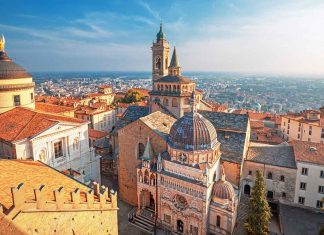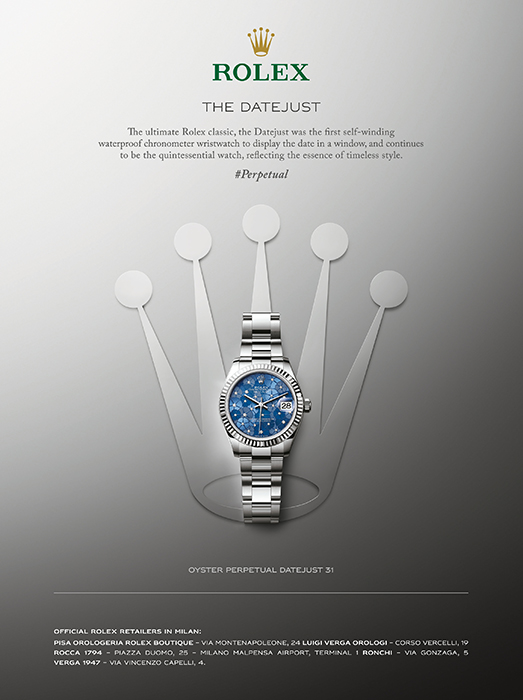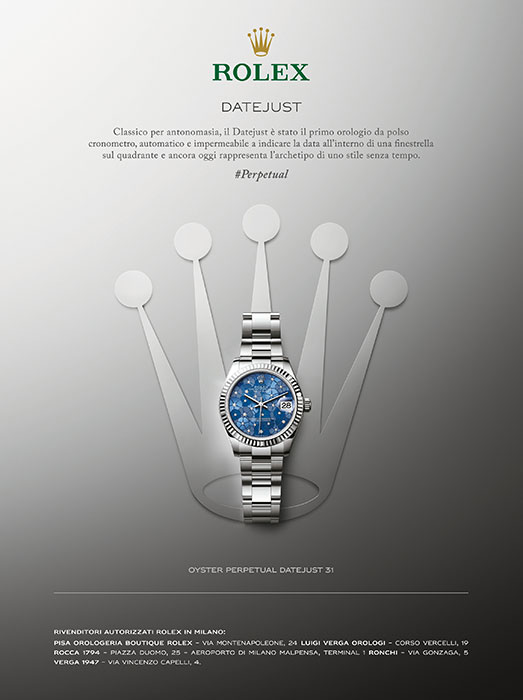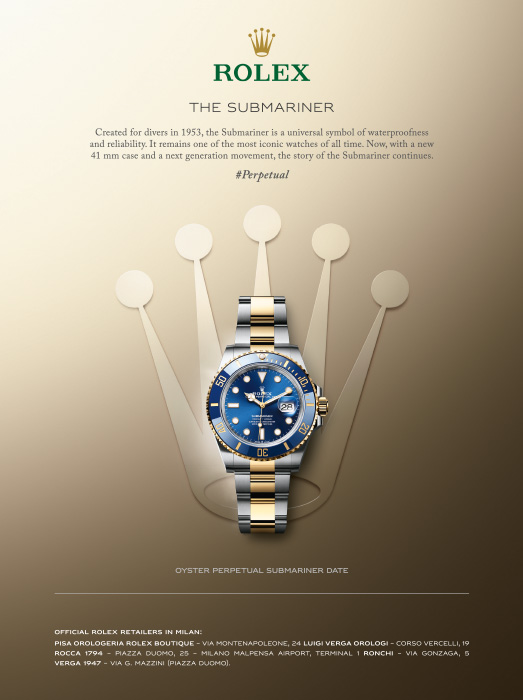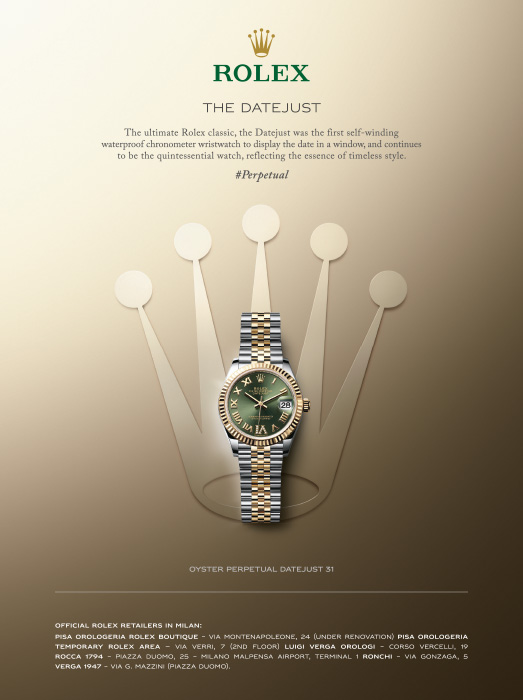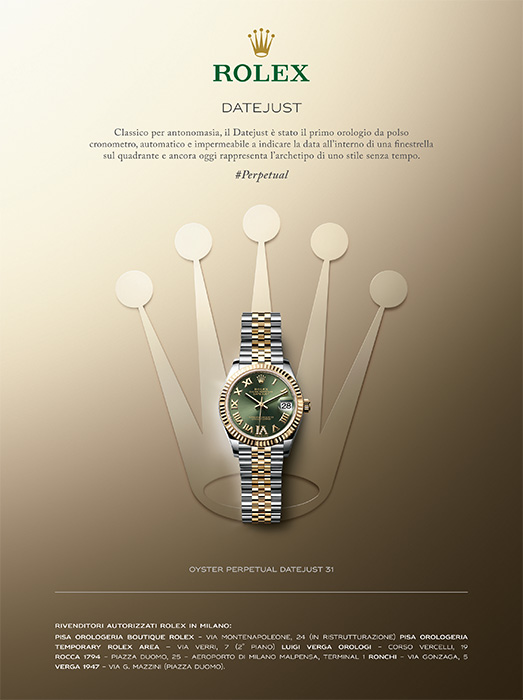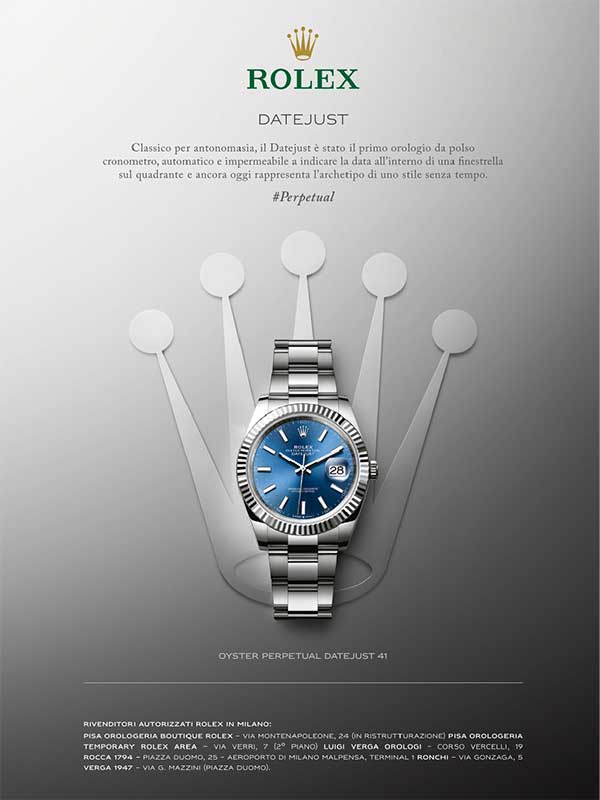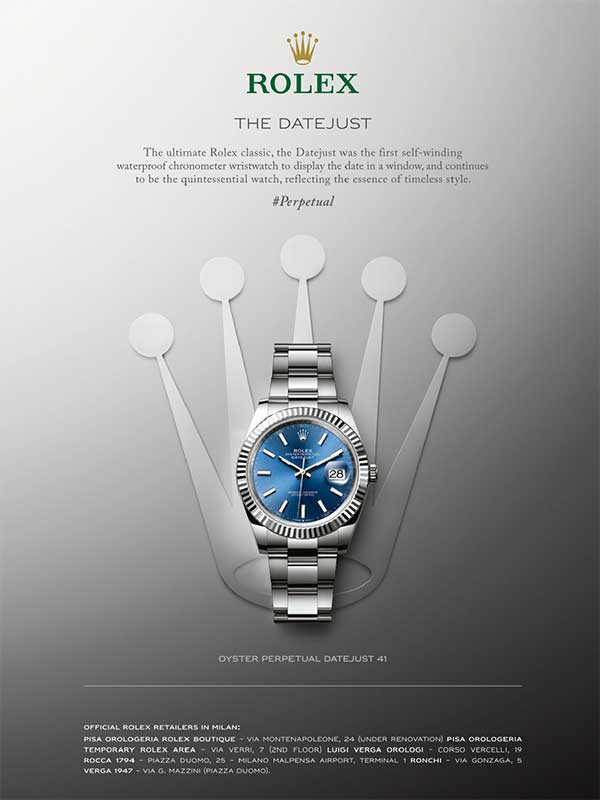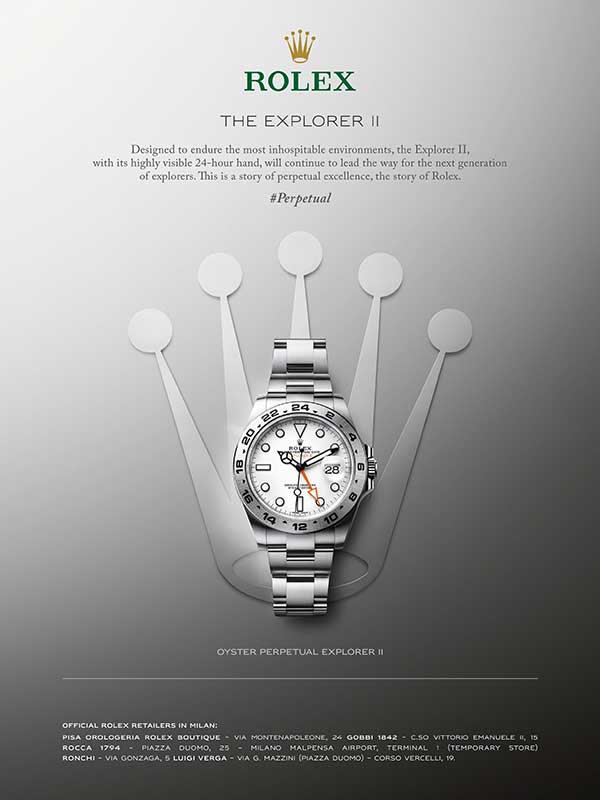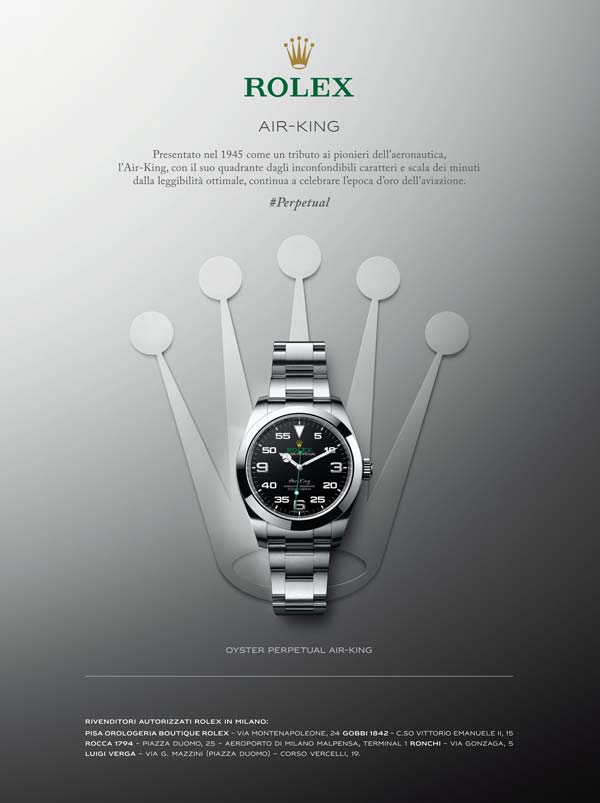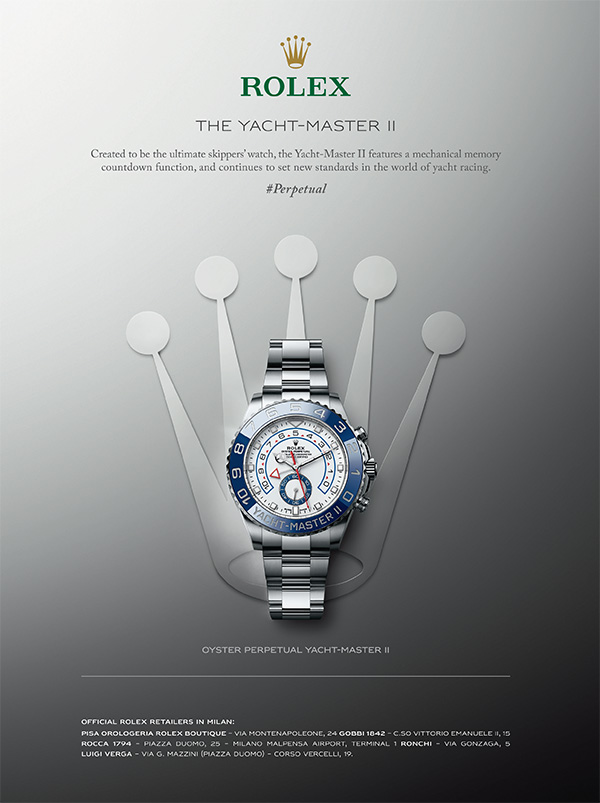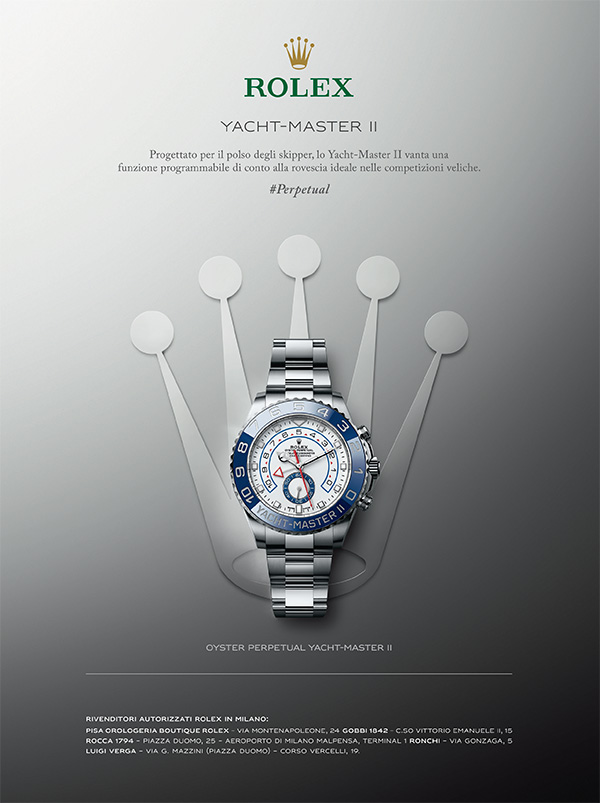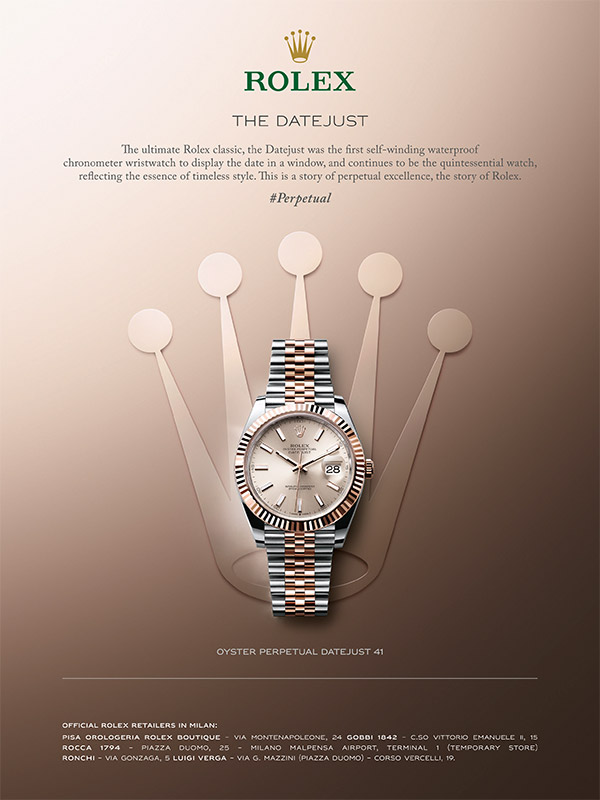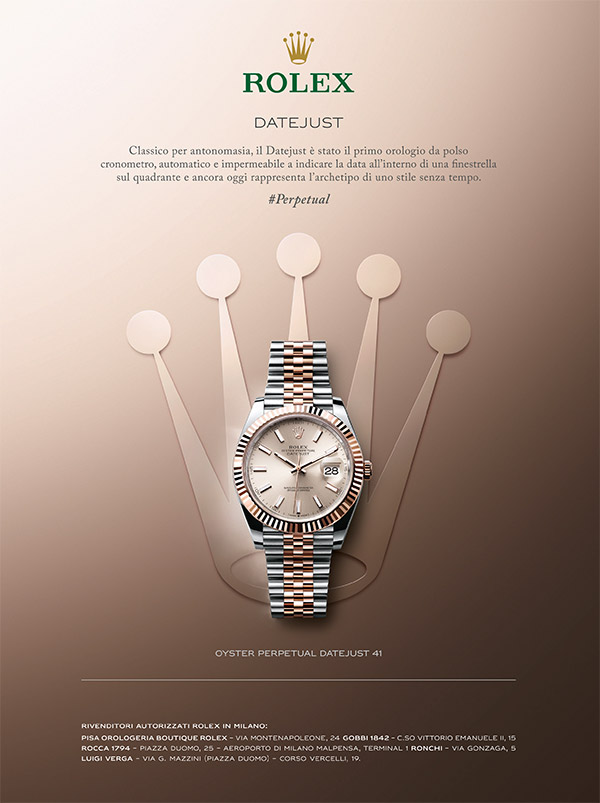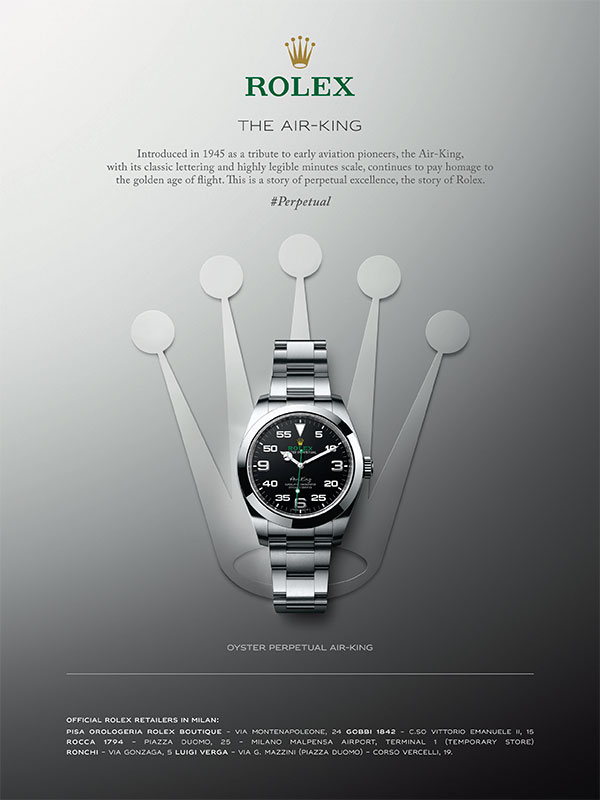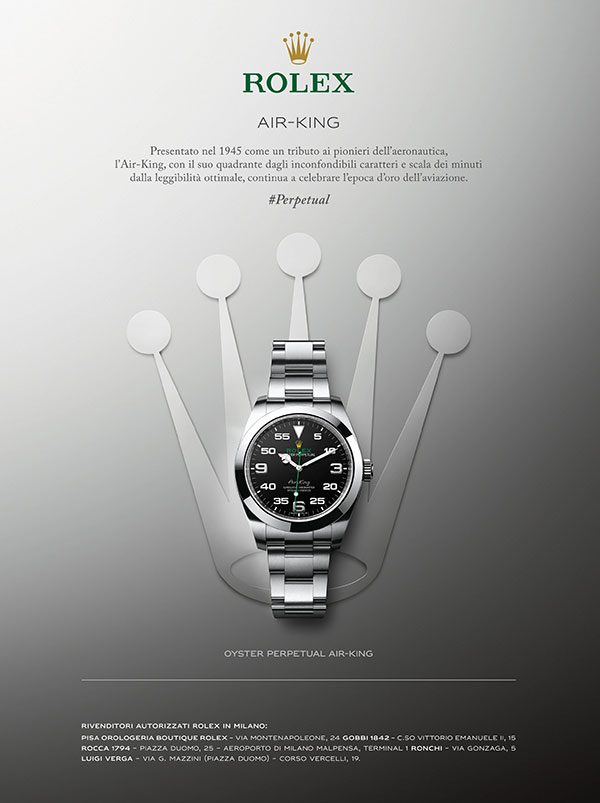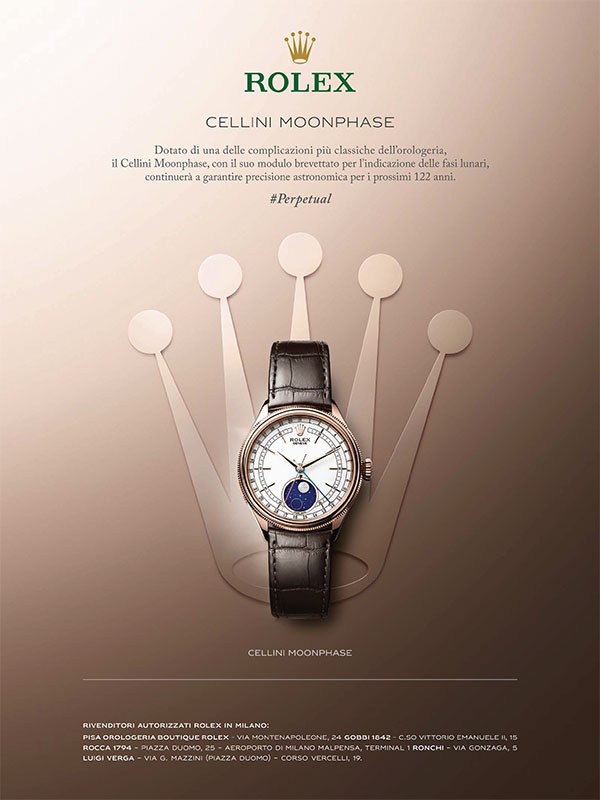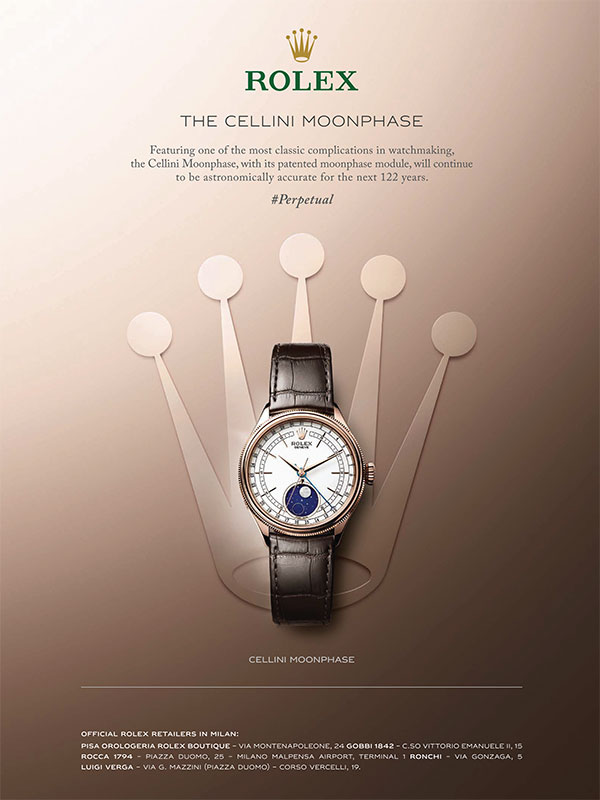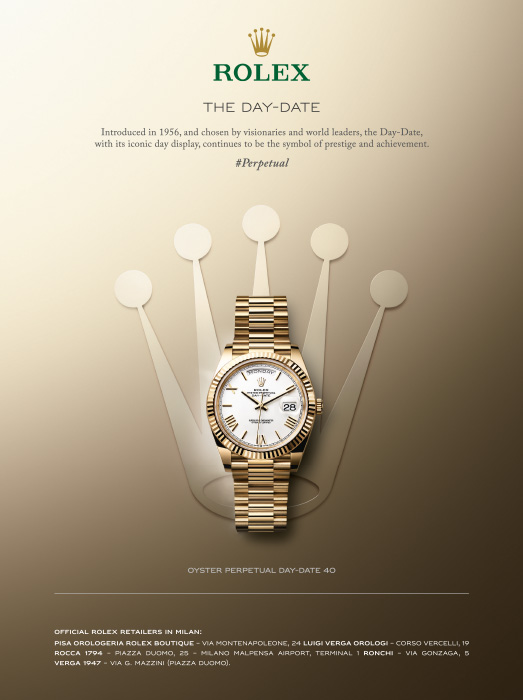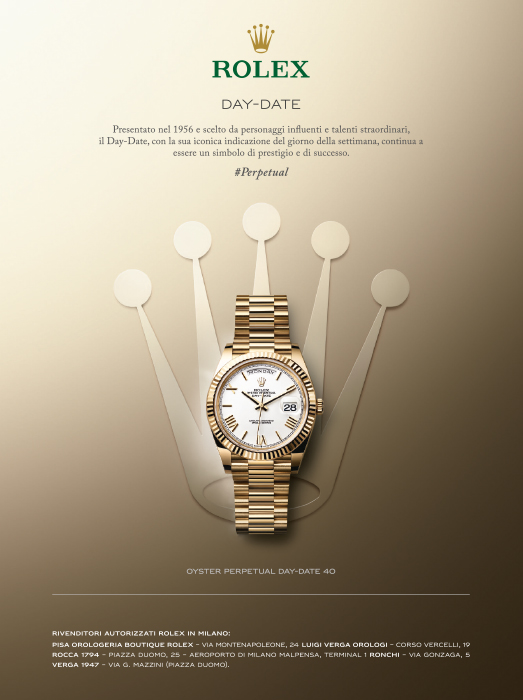The Grand Hotel of Opera
Together with Richard Wagner, Giuseppe Verdi is considered the most influential composers of the Twentieth century. His works are still performed at a rate of 400 performances a year. Everyone knows his name and a survey, conducted a few years ago, established that “La donna è mobile”, from Rigoletto, is the most widely recognized aria in the world, even by those who know nothing about music. In addition to his fame as an artist, Verdi’s patriotic commitment and the symbolic value assumed by several of his works, contributed not only to his popularity but also to the legend surrounding the man. For example, the story of his death, told a thousand times, has now become a legend: in the winter of 1901, aged 87, the Maestro fell ill and died six days later, on 27 January. During those six days, the Milanese, who adored him, laid straw on the cobbled streets beneath his window, to muffle the sound of horses and carriages so as not to disturb him. Crowds stood silently in the street, forming long queues to pay homage to him. All of this happened just steps from Teatro alla Scala, inside and around the hotel, at which, since 1872, Verdi had spent most of the year. This explains why anyone who has read Verdi’s biography, but even an article or an item about him on Wikipedia, has probably heard mention of the Grand Hotel et de Milan, one of the few hotels in the world to have gone down in the annals of history.
At once the oldest and the most modern
The atmosphere that pervades the hotel is unequalled: the object of numerous renovations without ever losing its charm, the Grand Hotel et de Milan is now a five-star luxury hotel equipped with all of the latest technological mod-cons. Furthermore, it complies fully with all the highest international standards of hospitality. Modern-day furnishings and details are skillfully combined with original pieces and memorabilia, giving life to a refined, retro ambience that, however, has nothing ‘musty’ about it. In a certain sense, modernity is a part of the hotel’s DNA: opened on Saturday, 23 May 1863, it is the oldest hotel in the city. Enlarged several times, within the space of a short time, it became a place of strategic importance, due to the very fact that it actually offered services, deemed futuristic for those times. The only hotel in the city equipped with postal and telegraphic services, it was patronized by diplomats and businessmen. It featured around two hundred rooms, a modern, hydraulic ‘Stigler’ lift (refurbished during its latest renovation and currently operative), a winter garden and luxuriously furnished dining rooms.
In the meantime, its proximity to Teatro alla Scala, meant that the Grand Hotel became the place of election of artists and, as a result, a sought-after destination for opera buffs.
All of these characteristics still hold true today: in particular, it continues to have a special relationship with La Scala, explaining why it tends to be the first choice of those visiting the city, primarily for the purpose of attending an opera or ballet.
However, despite its close association with music, the Grand Hotel has not rested on its laurels, choosing instead to multiply and diversify it offer and client portfolio.
For example, in 1888, the Emperor of Brazil spent a period convalescing here. His was a politically ‘providential’ illness owing to the fact that, during his absence, his daughter, to whom he had given proxy, signed a law abolishing slavery. A statute still preserved in the lobby of the Grand Hotel, commemorating the event.
In 1902, legendary tenor Caruso, made one of the first recordings in the history of music in a room of the hotel. In the Twenties, during the height of Futurism, painter and femme fatale Tamara de Lempicka spent months at the hotel, financed by poet Gabriele D’Annunzio. Her suite still exists today.
Following the dark period of the two World Wars, when the hotel was bombed and then requisitioned as the headquarters of the American army, the ‘Milan’ regained its former splendour. It was regularly frequented by Maria Callas and other artists.
In the Seventies, Daniela Bertazzoni, its present manager, intuited the transformation taking place in Milan, which was gradually becoming a world capital of fashion. The hotel began hosting fashion shows, events and shootings, becoming one of the city’s most sought-after locations. This explains why, still today, at the Grand Hotel, you will often find yourself rubbing shoulders with politicians and actors, singers, designers and members of the star system, chosen, however, among those who prefer keeping a low profile in order to avoid being mobbed by hordes of paparazzi waiting at the entrance.
Why choose the “Milan”
“Those staying with us often don’t know exactly what to expect”, comments Moreno Pagetto, Vice-Manager and Customer Relations Officer of the Grand Hotel et de Milan. “Our typical clients, and I am here not referring to our regulars, have already done their homework and have understood that, at ‘The Milan,’ they can experiment with a breed of hotel that is gradually disappearing. An hotel, with a strong personality and a storied past. A hotel that is not part of any chain meaning that it offers a unique, authentically Milanese atmosphere, where painstaking attention has been paid to each and every detail, as if it were a private home.”
The hotel’s pluses include its strategic position, highly central yet secluded, suspended between the Duomo and the Quadrilatero and, furthermore, just steps away from Teatro alla Scala. And, above all, the allure of its history which permeates its every corner. “However, here at the ‘Milan’, we do not thrive on nostalgia”, says its Vice-Manager. “Our services are ultra-modern, with a particular nod to the tastes of our guests.” Still today, among those visiting Milan, a large percentage is represented by classical music enthusiasts and music lovers from all over the world. “ Europeans from all latitudes, Americans, Australians and Japanese”, says Pagetto ticking them off on his fingers, “book with us because they know that this is where their icons, both past and present, stayed, from Nureyev to Baremboim. Lots of VIPs, but also ordinary people, fall in love with one particular room which they specifically request on their return: because each room differs from the others both in terms of atmosphere and details.“ A typical guest staying at the Grand Hotel, either for leisure or business, is characterized by a certain artistic sensitivity and by an attraction for the culture and traditions of the destination in question. “Generally speaking, we tend to cater to a a more mature clientele”, says the Vice-Director, “demanding and discerning, but also desirous of human warmth and the kind of attentiveness that goes beyond mere professionalism and here, at the ‘Milan’, both of these aspects are de rigeur”.
Eating where the Maestro composed
It goes without saying that even the main restaurant at the Grand Hotel is not run-of-the-mill. The Don Carlos, open for dinner (the offer also includes the Caruso, open for lunch, and the more informal Gerry’s bar, regularly patronized by both locals and tourists passing through) is a top-notch restaurant distinguished by an old-world charm. Here too, its ambience mirrors all of its storied past, amidst exquisite candelabra, walls blanketed with sketches of the theatre and supremely classical and elegantly-laid tables. Boasting an intimate atmosphere (it only seats 35 people), it is renowned for its impeccable, discreet service. The very first one in Milan to offer late-night dining – it is one of the few open after La Scala lets out. Although a large percentage of its clientele are hardened music lovers, its setting is also the perfect stage for refined romance. But, as the head chef Mauro Moia likes to emphasize, ”We are proud to be able to say that this is also a place for gourmets, a place where people can savour the excellence of real Italian cuisine.” Here, obviously, fusion is not an option: the menu is firmly rooted in the culinary traditions of Italy, offering fresh, seasonal ingredients and authentic products. In particular, over the past few years, the chef and his brigade have worked tirelessly to offers the typical, though less well-known, dishes of Northern Italy. “While obviously respecting their culinary habits and health or religious requirements”, Moia explains, “I always encourage my guests to try dishes with which they are not familiar: typical Italian cuisine is not just about lasagna or spaghetti alla Bolognese, there are thousands of regional dishes just waiting to be discovered“ The very same eaten by Giuseppe Verdi, while composing Falstaff or Othello.


